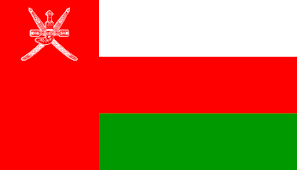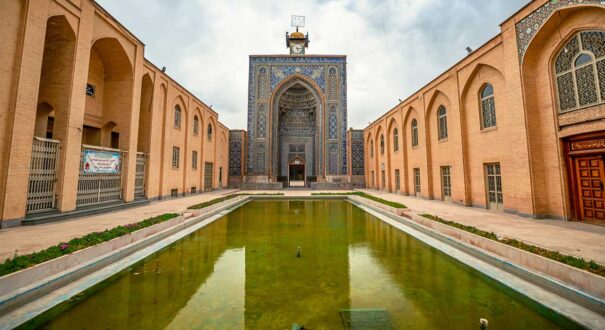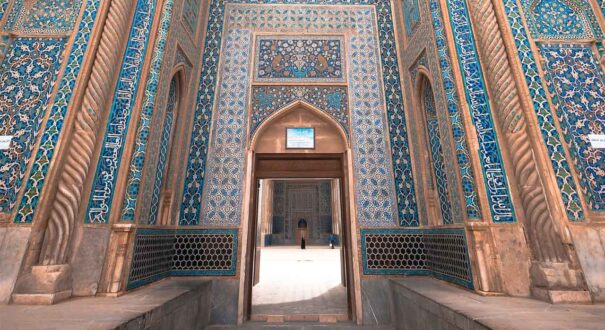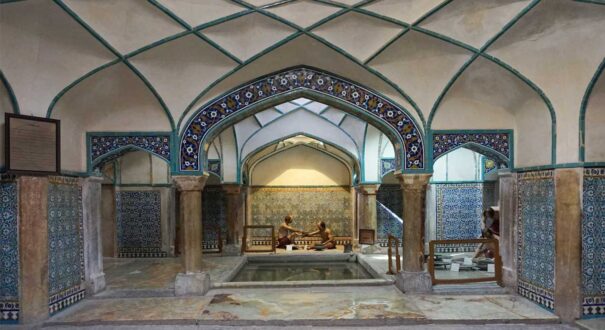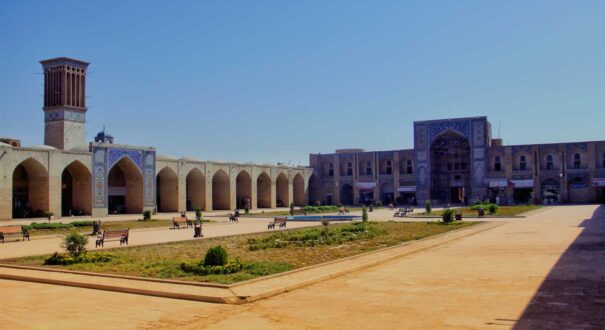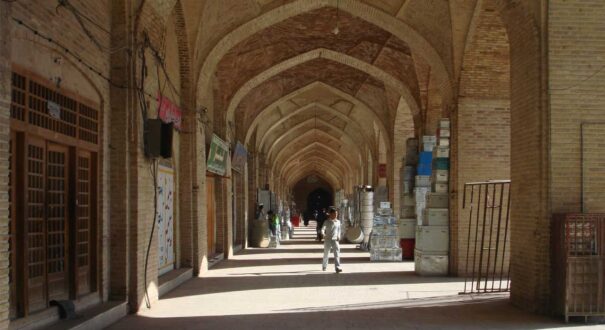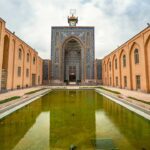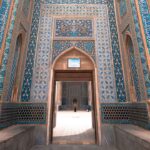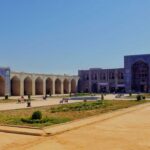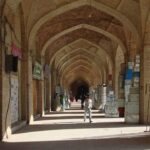
Kerman
description
Kerman, one of the five main Historical Cities of Iran
Kerman’s Geographical Position
Kerman, one of the metropolises of Iran, is the capital of the largest Iranian province of the same name. The city, most parts of which are surrounded by mountains, is located in the southeast of the country. With height of 1756 meters above sea level, the city is the third highest province in Iran after Shahrekord and Yasuj. This height has brought about a cool and moderate weather in the summer and very cold weather in the winter.
Cultural and Religious Characteristics of people in Kerman
The religion of a majority of people in Kerman is Islam and their sect is Shiite. several thousand Zoroastrians and a group of Jews also live in the city and hold their ceremonies freely in fire temples and synagogues.
In February, the ancient Sadeh Celebration, which is one of the Iranian national celebrations, is held annually by Zoroastrians. As a result, many groups of tourists travel to Kerman to watch this celebration. It is noteworthy that this ancient ceremony was registered on the List of Iran's Intangible Heritages in 2011.
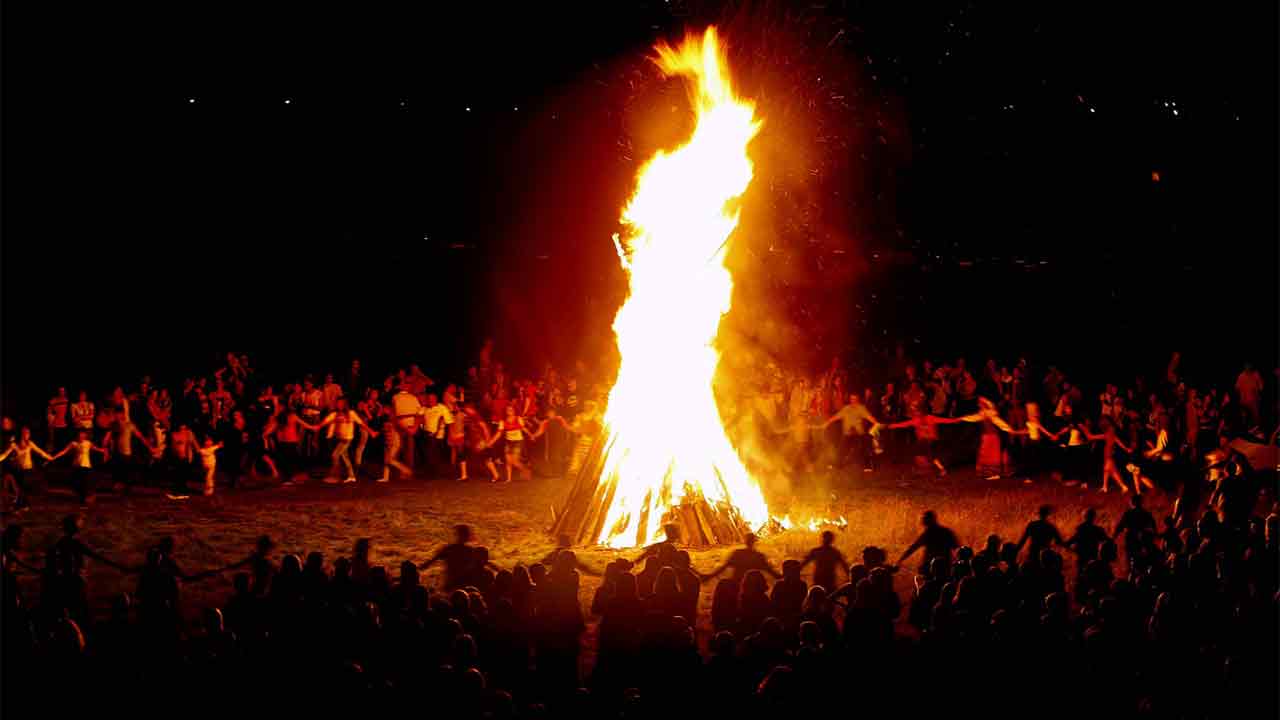
Let us Know More about Kerman’s Monuments
Due to its many monuments, Kerman has always been one of the most important touris cities in Iran. As a result, the city hosts a large number of domestic and foreign tourists throughout the year. This province is home to more than 660 nationally registered heritages. In addition, five historical monuments of this province have been registered in the UNESCO World Heritage List.
Jabaliyeh historical Dome, a relic of pre-Islamic era
The Jabalieh Dome, also known as the Gabri Dome, is a pre-Islamic monument having remained since the Sassanid Era. This octagonal building has recently converted to the Museum of the Rock.
Ganjali Khan Historical and Anthropological Complex
Ganjali Khan Complex is one of the masterpieces of the Safavid era. This complex is one of the most beautiful and visited historical places including the market, bath, square, caravanserai, water reservoir, mosque and mint. Today, the Ganjali Khan Bath has been converted into an anthropological museum. Wax sculptures, located in different places of the bath, show people from different classes of society at that time.
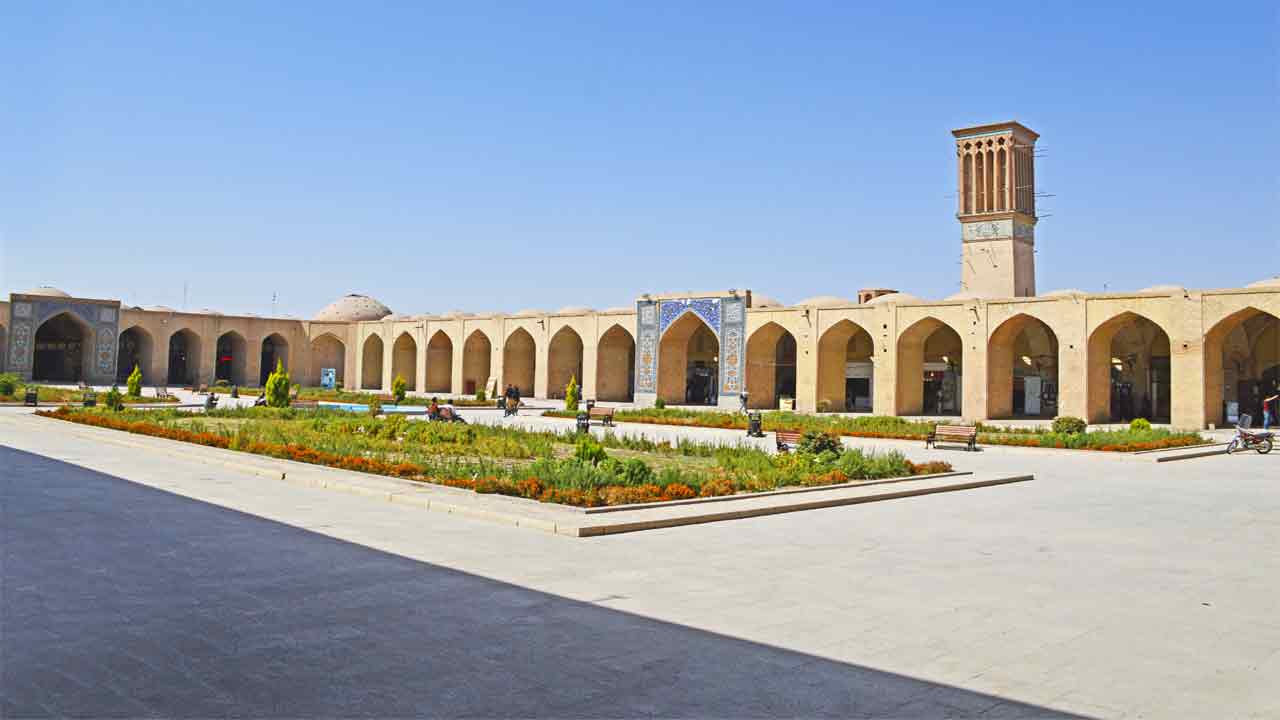
Shahzadeh Mahan Garden, One of the Most Elegant Gardens of Iran
Shahzadeh Garden, literally means prince, is one of the most elegant historical gardens in Iran having remained since the Qajar era. The garden is located in the city of Mahan. With several other Iranian gardens, it was registered in the UNESCO World Heritage List in 2011.
This garden, with an area of 3.5 hectares, is one of the largest and most beautiful historical gardens in Iran. What has differentiated it from other gardens is its gate architecture. In addition, you can visit the most beautiful Iranian fountains in Shahzadeh Garden.
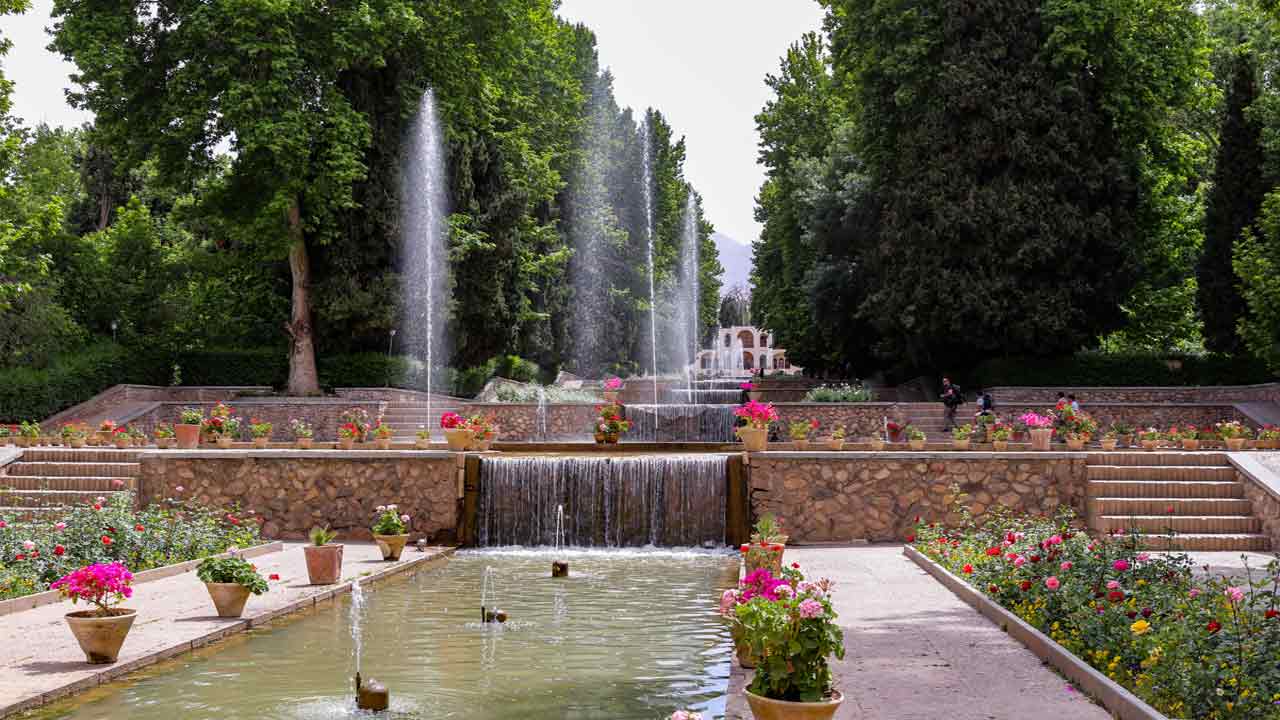
The Tomb of a Mystic in the Southeast of Kerman
Shah Nematollah Vali Shrine, a well-known Iranian mystic and poet, is located in Mahan. It has also survived from the Qajar era and shows the continuity of Iranian architecture in the past six centuries.
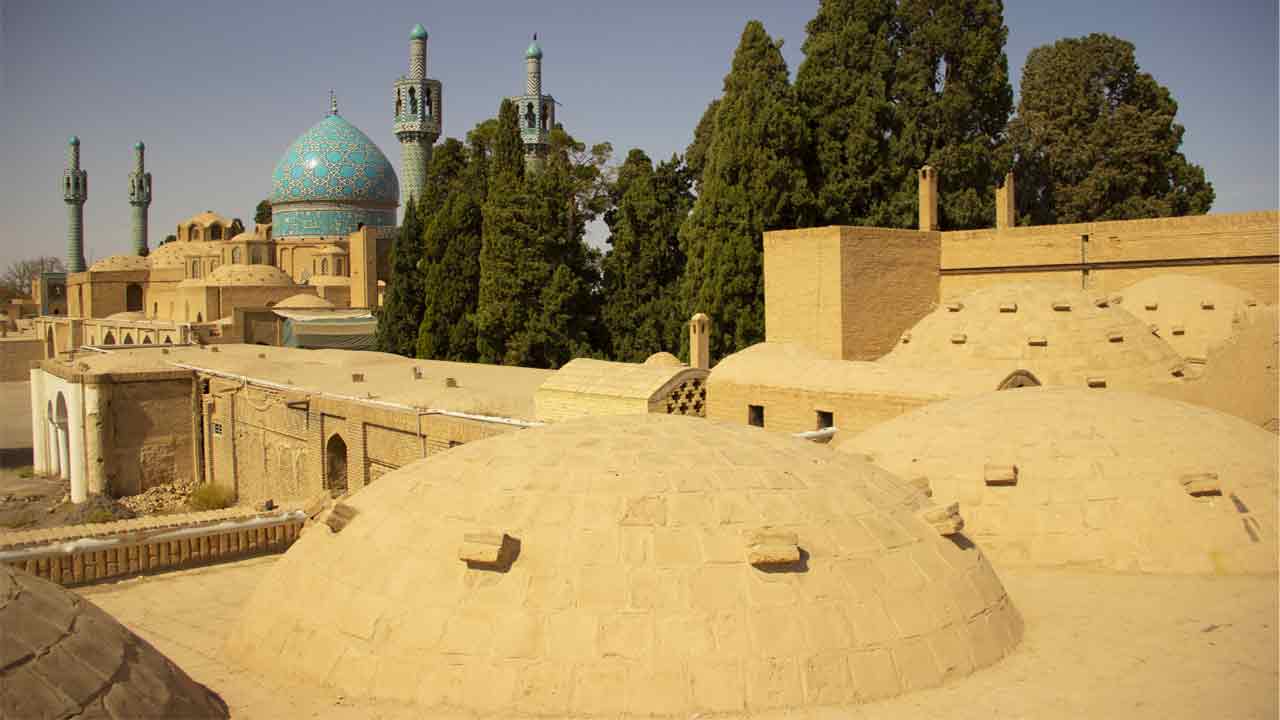
Fath Abad Garden
Fath Abad Garden, in the vicinity of Kerman, is a memorial of many Qajar governors wh had chosen the garden as their ruling center. The water of qanat passes through the garden and turns its four-season mansions to a beautiful place.
The architectural style of this construction is highly similar to Shahzadeh Mahan Garden. In addition, the lightening style has made it more eyeful at night. The gardens around the mansion are also filled with a variety of herbs so that their fragrance mesmerizes you.
The Longest Historical Bazaar of Iran in Kerman
The Bazaar of the city, known as the longest traditional and historical bazaar in Iran stretches from Arg Square to Moshtaqieh Square. It is interesting to know that every section of the bazaar has been constructed by a ruler of the city. Therefore, every part represents a high historical value.
This traditional bazaar is among the oldest bazaars of Iran. It was also noticed as a remarkable commercial center for a long time; however, it has still maintained its importance.
The Only Anthropology Museum of Zoroastrians in the World
The Zoroastrian Fire Temple of Kerman is one of the most beautiful fire temples in the world. In addition, the world's only Zoroastrian Anthropology Museum is in this fire temple.
The anthropology museum is a good place for the interested ones to costumes of Zoroastrians. A 200-year-old manuscript book of the Gathas is also preserved in the museum. Among the oldest artifacts of the museum we can refer to a fireplace dating back to 1828 AD.
Rayen Citadel, the Second Largest Adobe City of the World
The historic Rayen Citadel, having remained since the Sassanid Era, is located near the city of Rayen. It is also the second largest adobe building in the world after the Bam Citadel.
The architecture of Rayen Citadel has been designed in a way that the citadel is completely out of the danger of invasion.
According to the evidence, Rayen Citadel has been inhabited for 150 years. There is also a tangible difference between fashionable parts of the citadel and the parts related to ordinary people. In addition, there are round staircases in Rayen Citadel which separate different sections.
Since Rayen Citadel was located on the trade route connecting west to east, it was gathering place of commercial caravans. As a result, it was where merchants exchanged the goods and exported them to distant lands. Therefore, the citadel has always been of great importance.
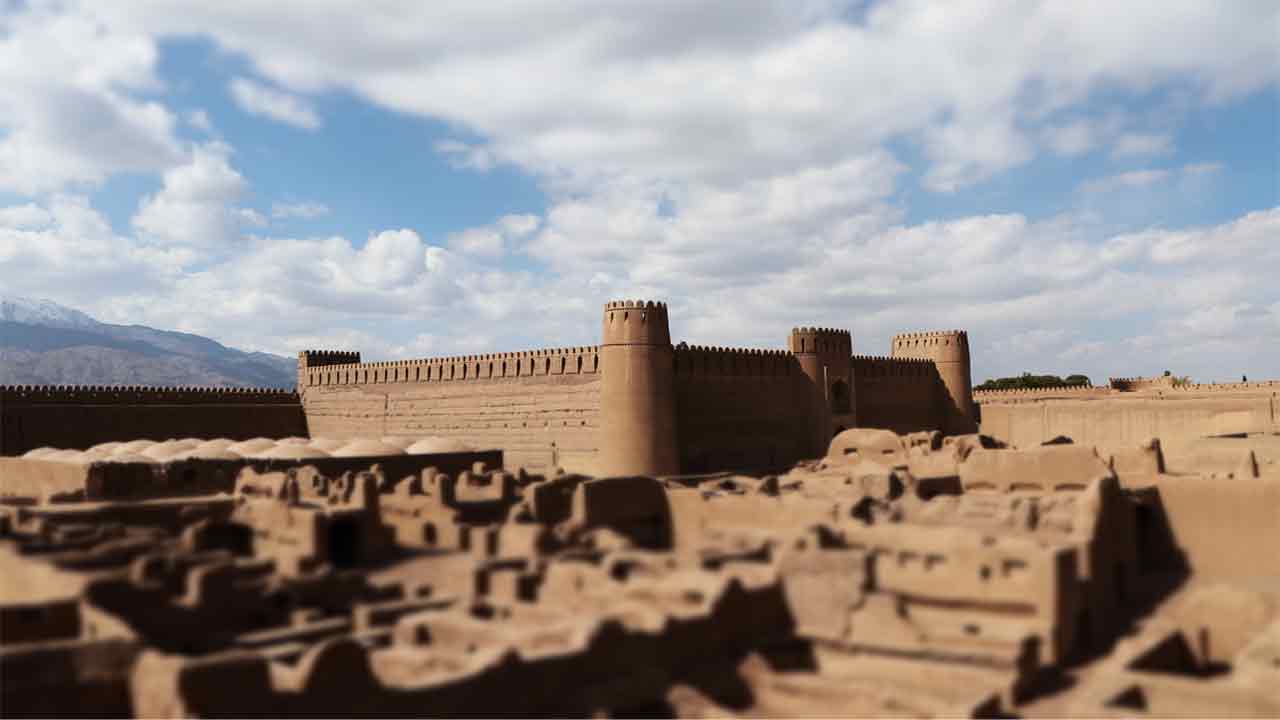
Vakil Bathroom and Caravanserai
Vakil Complex is located in the Great Bazaar and in the center of the city. The complex, having being remained since the Qajar era, includes a bathroom and caravanserai. Above all, Vakil Caravanserai, situated at the left side of Vakil Bazaar, is the largest caravanserai of the region. It is noteworthy that the architecture of this construction is in 4-iwan architectural style.
The largest Icebox of Iran and the World
Moayedi Icebox reflects the creativity of people to counter the drought of the desert. The icebox, built in the Safavid era, is of the largest one in Iran and the world. Also, its height is 20 meters. In addition to was the most essential part of the city in the past. The icebox is mainly made of adobe because adobe functions as thermal insulation and prevents hot air from penetrating. In addition, the conical structure of the icebox causes the sun shines on the least area. Overall, the adobe icebox functions as a warehouse to store ice for hot days of the summer. The water of the icebox is supplied by reservoirs in the path of qanats.
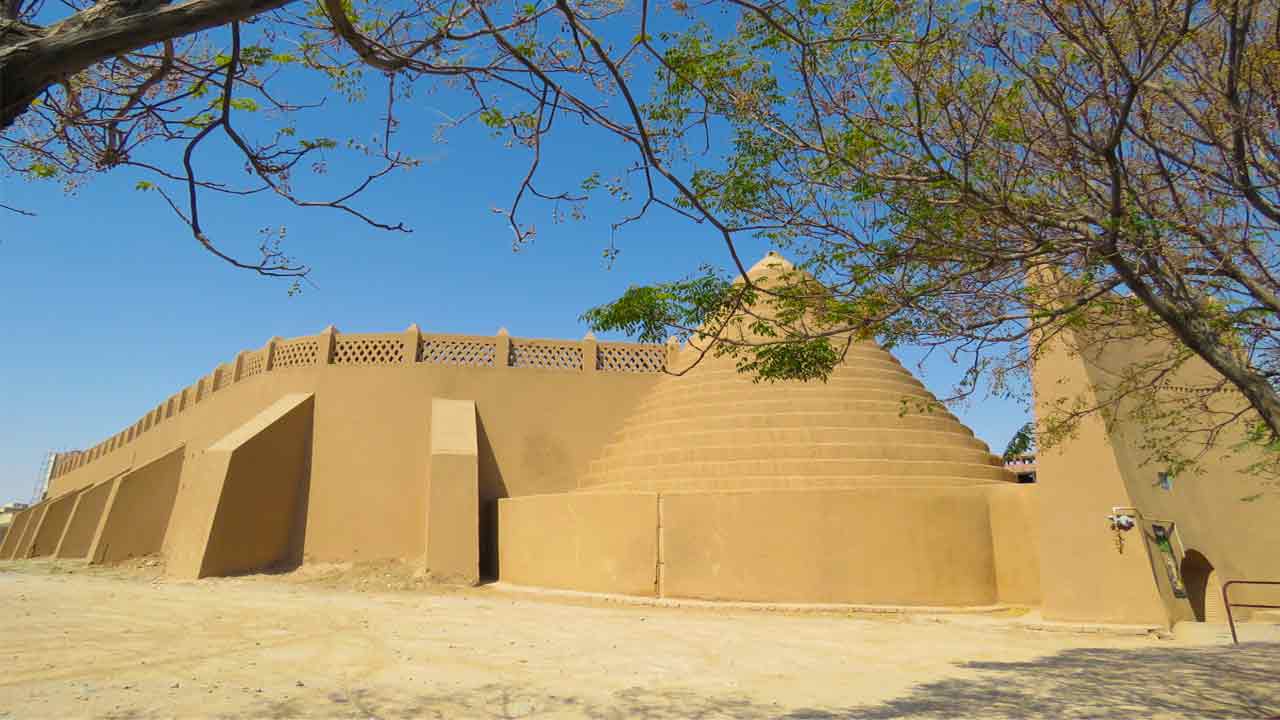
The Museums of Kerman
This historical city is full of precious museums. Among them, one can refer to Harandi Museum, listed in UNESCO World Heritage Museum. This museum includes a garden, paleontology and music museum.
The Museum of Contemporary Industrial Arts is the second largest contemporary art museum of Iran. The museum includes valuable works by 83 Iranian artists and 16 foreign artists. Among Iranian artists, one can refer to Ali Akbar Sanati, Kamal-ol-molk, Sohrab Sepehri, Parviz Tanavoli and Jazeh Tabatabaei. In addition, the artworks of Henry Spencer Moore, the English painter and sculptor, and Wassily Kandinsky, the Russian painter, is preserved in the museum.
Zolfaghar museum, belonging to the Iran’s military, is the largest old weapon museum of Iran. In addition, it is one of 10 superior military museums of the world. Among other remarkable muse3ums of the city, one can refer to Watch Museum, Stone Musem, Coin Museum, Carpet Museum and the museum of natural history.
Food Touring in Kerman
You can enjoy delicious traditional dishes and sweets in Kerman. Some of the most famous foods include Squash Soup, Kaleh Joush, Boz Qormeh, Kashk Kadou, Turnip Soup, Eshkeneh and Greengage Stew.
Kolompeh as well as Komaj, Masghati and Khorma Beriz are among the popular pastries in the region. Ghovatou or Gavout is also a nutrient snack made as a result of grinding and roasting more than 10 types of seeds.
The Global Reputation of Nuts in Kerman
Among the nuts of the region, which have an international reputation, one can mention pistachios, dates, and caraway. Pistachios of Rafsanjan have the first rank in Iran's pistachio production and export. The mountain aromatic caraway is one of the most valuable souvenirs in Kerman, which is used as spice. Dates are other souvenirs of Kerman Province, because 12% of the palm groves of Iran are in Kerman. The most famous types of dates include Mazafati and Bazmani dates.
Travelling to Kerman, the Pulse of Life at the Heart of Lut Desert
On your trip to Iran, do not miss visiting this historical city. By travelling to this city, you will experience the lifestyle and costumes of people living in the desert. Iran is also an ideal destination for the tourists who are interested to experience desert touring in one of the pristine deserts of the world.
1001 Nights Tours also organizes desert tours and combined tours for this region. In order to read more about Iran’s deserts click here. You can also contact us via email, in case you have a proposal in terms of running special and thematic tours.
